10 Giant Menorahs That Will Light Up for Hanukkah in NYC
From Brooklyn to the Bronx, we’ve rounded up the most exciting giant menorahs that will light up throughout the next eight evenings!


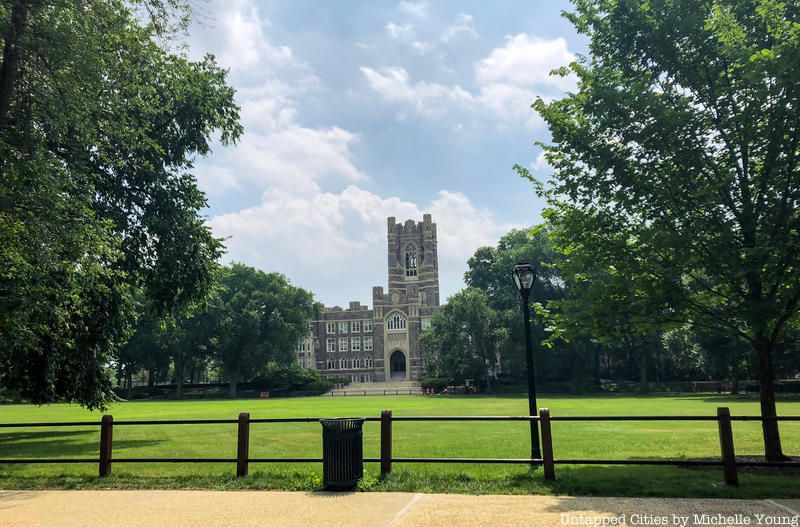
Fordham University is not just the only Jesuit university in New York City, but also the third-oldest university in New York City. The University has two campuses, a location at Rose Hill in the Bronx, and Lincoln Center in Manhattan. Unbeknownst to most, Fordham University is also one of the most haunted college campuses in America – the Rose Hill campus in particular. Each location has its own secrets, but Rose Hill in the Bronx is the original location and therefore enriched with a long history and legendary stories. When Fordham students aren’t being taunted by ghosts and spirits, they are either studying amongst great, hidden artworks or eating the best pizza in the Bronx. Read on for ten secrets of Fordham University, shared by student insiders:
Uncover more secrets of the Rose Hill neighborhood on our upcoming Untapped New York Insiders virtual talk on April 20th with Chief Experience Officer Justin Rivers! This livestreamed event is free for Untapped New York Insiders. Not an Insider yet? Become a member today and get one month free with code JOINUS.
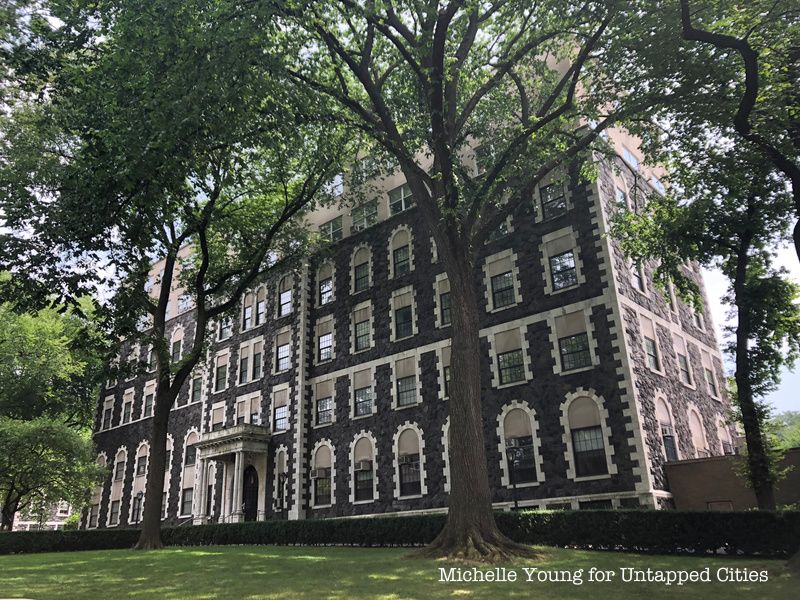
Dealy Hall at Fordham University’s Rose Hill Campus in the Bronx did not always host dreaded 8:30 am classes. This building dates back to 1867 when it was actually used as an armory. As such, Dealy Hall is one of the last remaining armories in New York City. The building was expanded in 1891 and again later. Currently, this building houses the psychology and humanities departments and most important to Fordham students, an on-campus Starbucks location.
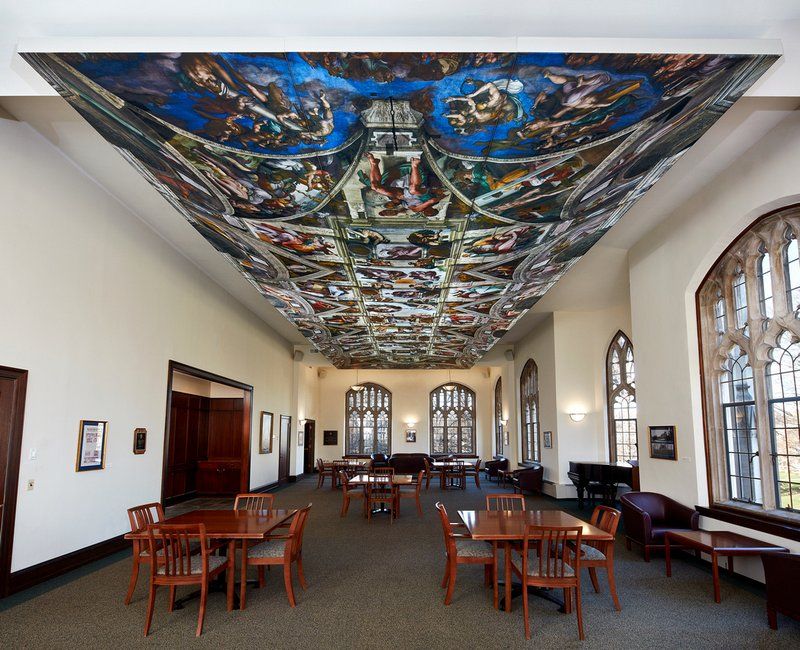
In December 2018, the Metropolitan Museum of Art donated a reproduction of Michelangelo’s Sistine Chapel fresco in Butler Commons. When Fordham University first announced the installation of the fresco reproduction on its Instagram account, many Fordham students had no idea where Butler Commons was.
Butler Commons is located in Duane Library, the location of both the Theology and Admissions departments. Duane Library is no longer used as a library since the construction of the Walsh Family Library in 1997, but classes still take place in the building. Butler Commons is named after Mother Butler, the founder of the women’s college at Fordham in 1907, formerly Marymount College. This somewhat concealed space in Duane Library is the perfect study space as most students are unaware of its existence.
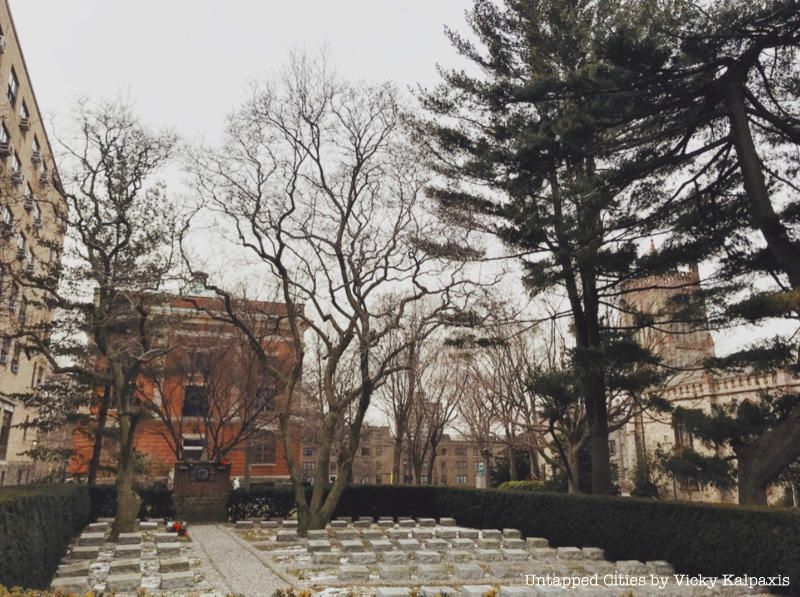
Strangely enough, Fordham University has its very own cemetery on the Rose Hill campus right by the University Church. This cemetery is dedicated to upstanding Jesuit brothers, priests, scholastics, and sons of St. Ignatius Loyola that have passed away.
There are just under 140 burials at the site. The first burial dates back to 1847 and the last burial was in 1909; since then, the tombstones have been replaced by low granite markers.
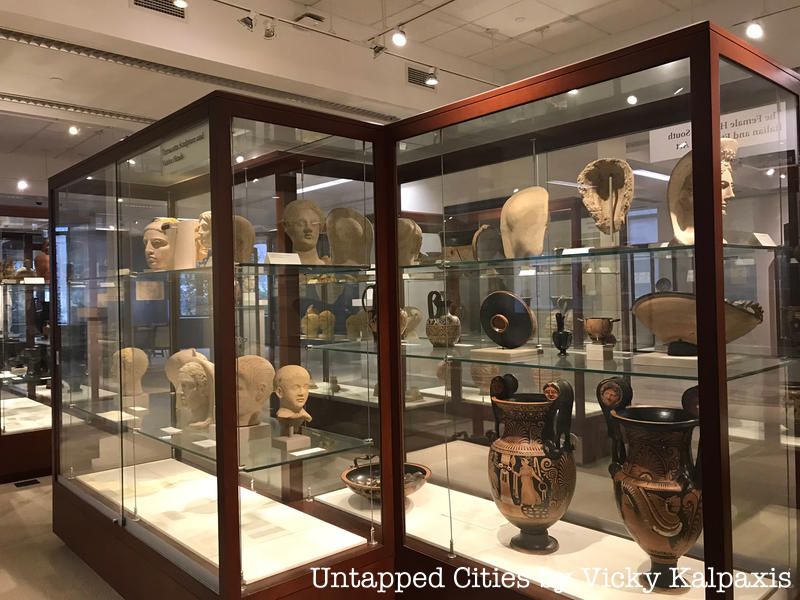
This hidden gem is not only forgotten by most Fordham students, but also by the public as well. The Fordham Museum of Greek, Etruscan, and Roman Art is mostly utilized by Art History classes focusing on the ancient Mediterranean world. The museum is comprised of 260 objects dating as far back to the 4th millennium B.C. up to the 3rd century A.D.
The Fordham Museum of Greek, Etruscan, and Roman Art is open to the public and admission is free. These pieces reminiscent of antiquity were donated by William D. Walsh and his wife, Jane – the same sponsors of the Walsh Family Library where this museum is located.
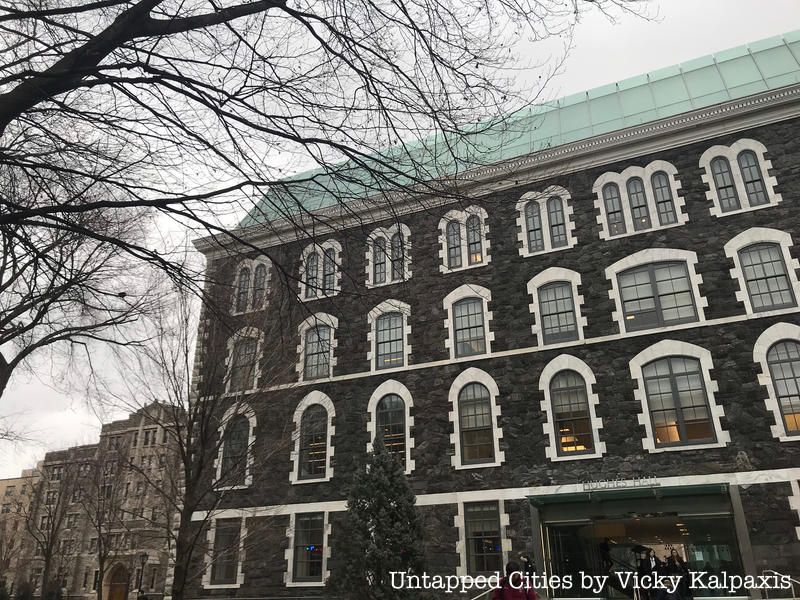
Scenes from The Exorcist were actually filmed in the basement of Hughes Hall, giving the building an eerie history. The building has since been modernly renovated and is now the base camp for all Fordham students enrolled in the competitive Gabelli School of Business. With polished sliding glass doors and new, emerging media rooms one would never have guessed that a horror movie was filmed there.
Scenes from the movie were also shot at Keating Hall and other locations around New York City. Some of the other set locations included Goldwater Hospital (now demolished) on Roosevelt Island and Bellevue Hospital.
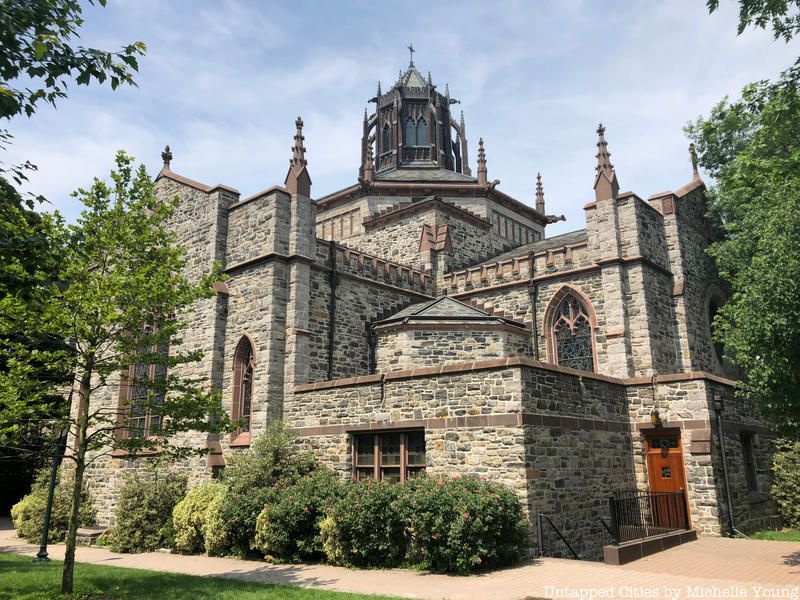
Back when Fordham University was first founded in 1841 by Archbishop John Hughes, it was originally named St. John’s College. In 1846, St. John’s College was sold to the Jesuits and quickly gained university status. As a result, St. John’s College was renamed to Fordham University in 1907 since there was already another St. John’s College in Queens.
Above, is a photo of the university church, which was absorbed into St. John’s College when the school was purchased by the Jesuits in 1859. Archbishop John Hughes’ intended St. John’s College to not only be a college, but a seminary as well.

Pugsley Pizza, hidden behind a gas station along E. 191st Street, is described by the current owner’s father as a “little piece of a heaven on Earth.” This family-run pizza oasis has been a long-time Fordham favorite. For catering for events, clubs, meetings, or sporting events, Pugsley Pizza is a natural go-to.
Pugsley Pizza is renowned by Bronx residents for its classic Penne a la Vodka pizza slice. Stop by at midnight on a Saturday night, and you will be waiting in line for about twenty minutes as the smell of freshly oven-baked pizza wafts through the kitchen and out the door.
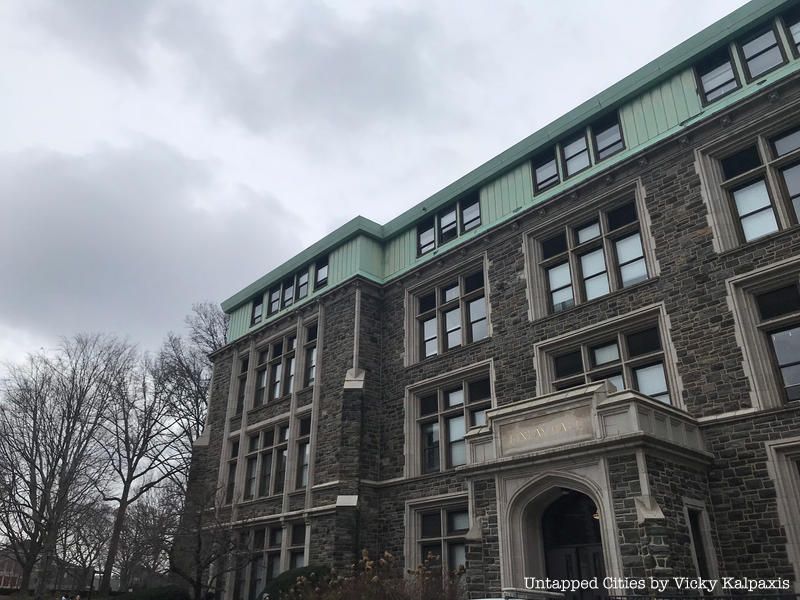
Finlay Hall is a dormitory building for upperclassmen at Fordham University. It is known for its triple-style bedrooms that include a loft and a spiral staircase that many Fordham students are fond of. However, before it was one of the most favored dorm buildings at the Rose Hill Campus, it was used as the medical school building. Supposedly, the lofts in many of the current bedrooms in Finlay were used by students to stand and watch dissections of cadavers take place below.
To add to this haunting experience, the cadavers were stored in Finlay’s basement which was then used as a morgue. Fordham students claim that in the middle of the night, they feel a cold grip on their throats or a tugging on their toes as if being tagged like actual cadavers.
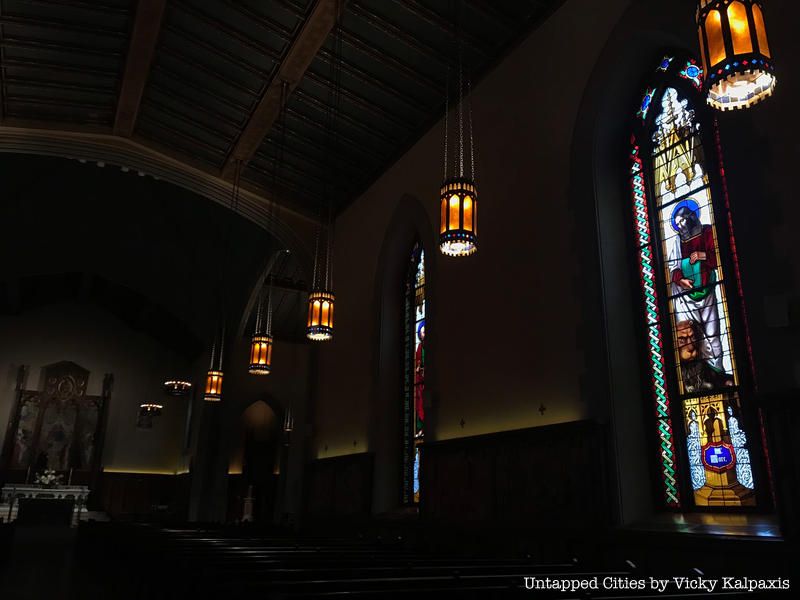
Originally constructed in 1845, Fordham University’s Roman Catholic Church is located on the Rose Hill Campus. The University Church is the central place of worship for Fordham’s Campus Ministry.
The beautiful stained glass windows that are implemented all around the sides of the Church were actually donated by King Louis Philippe I of France. The University Church’s current altar is actually the previous altar from the Old St. Patrick’s Cathedral in Nolita.
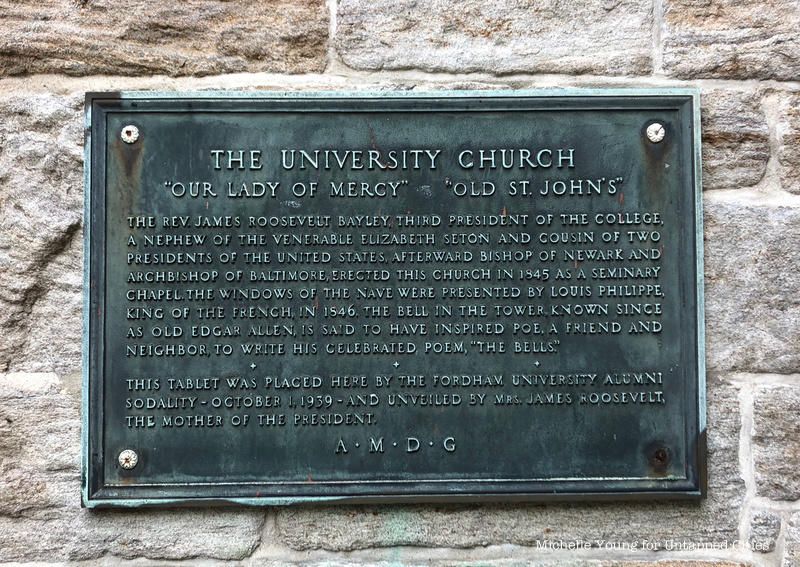
Edgar Allen Poe‘s house was actually located in the Bronx, about a mile away from Fordham University’s Rose Hill Campus. The bells of University Church ring every Sunday at 11 am, 11 times to signal the start of service. Supposedly, Edgar Allen Poe was friendly with the Jesuits and was often on the Fordham campus, then called St. John’s College. Fordham’s bells are said to have inspired Edgar Allen Poe’s poem, “The Bells”: “Hear the tolling of the bells- Iron bells!” A plaque (above), located on the side of the University Church, explains the history behind Edgar Allen Poe’s inspiration.
Next, check out “The Top 15 Secrets of Columbia University in NYC
This article was written by Vicky Kalpaxis
Subscribe to our newsletter